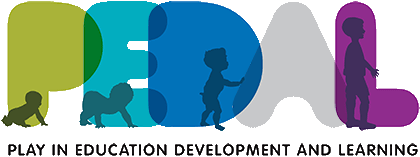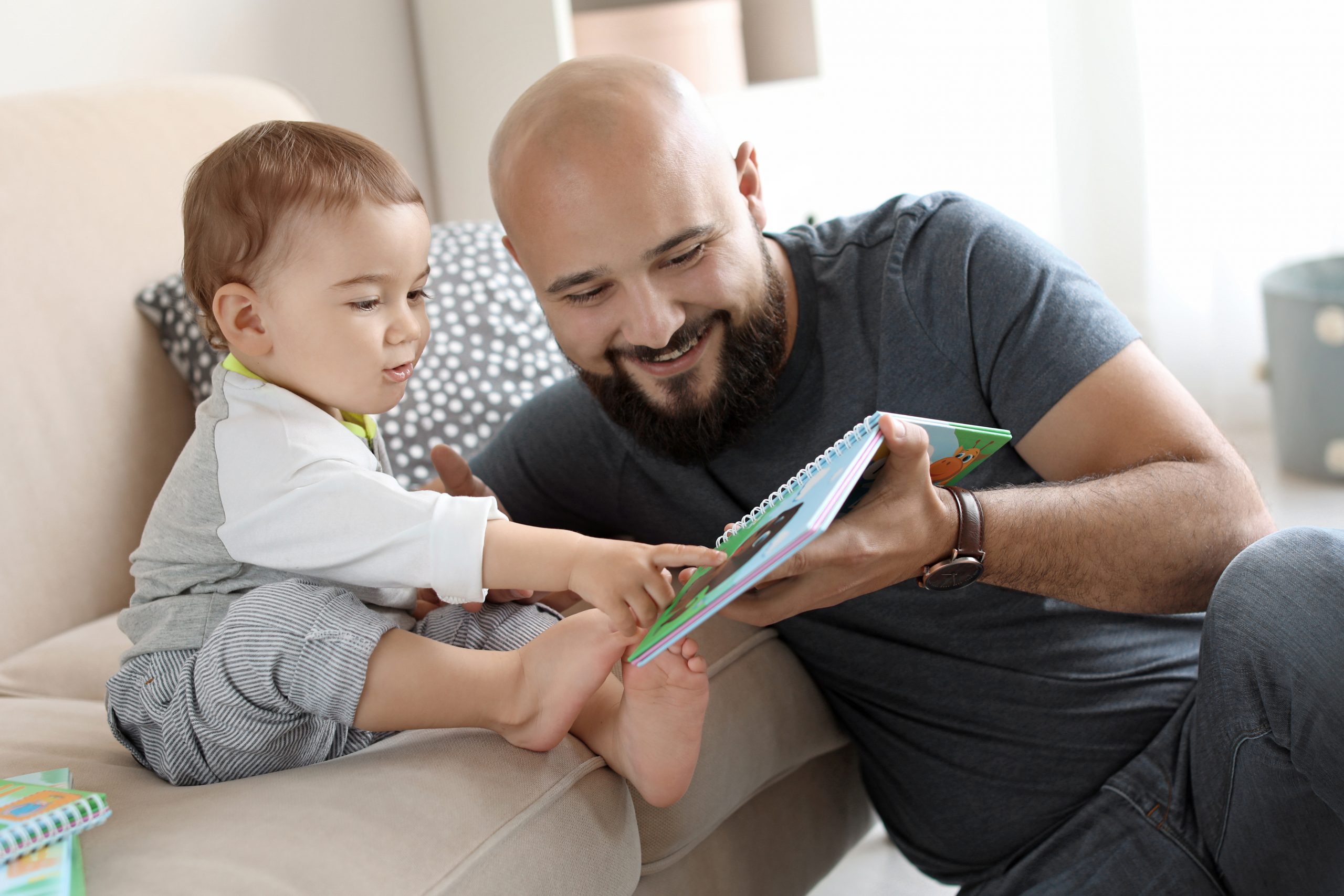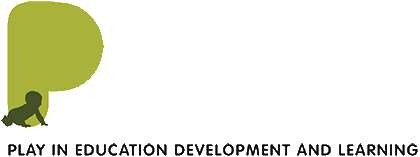Promoting narrative competence through adult–child joint pretense: Lessons from the Scandinavian educational practice of playworld
This paper examines the effects of the playworld educational practice on the development of narrative competence in 5- to 7-year-old children. The playworld educational practice is derived from play pedagogy and the theory of narrative learning, both developed and implemented in Scandinavia. The playworld practice consists of joint adult–child pretense based in a work of […]
This paper examines the effects of the playworld educational practice on the development of narrative competence in 5- to 7-year-old children. The playworld educational practice is derived from play pedagogy and the theory of narrative learning, both developed and implemented in Scandinavia. The playworld practice consists of joint adult–child pretense based in a work of children’s literature, discussion, free play, and visual art production. When compared to children under a control intervention (conventional school practices without pretend play), children who participated in the playworld practice show significant improvements in narrative length, coherence, and comprehension, although not in linguistic complexity. These findings provide further evidence concerning the role of pretense in the narrative development of young children.
Differential ethnic associations between maternal flexibility and play sophistication in toddlers born very low birth weight
Children and Outdoor Play
Educational effects of the Tools of the Mind curriculum: A randomized trial
The effectiveness of the Tools of the Mind (Tools) curriculum in improving the education of 3- and 4-year-old children was evaluated by means of a randomized trial. The Tools curriculum, based on the work of Vygotsky, focuses on the development of self-regulation at the same time as teaching literacy and mathematics skills in a way […]
The effectiveness of the Tools of the Mind (Tools) curriculum in improving the education of 3- and 4-year-old children was evaluated by means of a randomized trial. The Tools curriculum, based on the work of Vygotsky, focuses on the development of self-regulation at the same time as teaching literacy and mathematics skills in a way that is socially mediated by peers and teachers and with a focus on play. The control group experienced an established district-created model described as a “balanced literacy curriculum with themes.” Teachers and students were randomly assigned to either treatment or control classrooms. Children (88 Tools and 122 control) were compared on social behavior, language, and literacy growth. The Tools curriculum was found to improve classroom quality and children’s executive function as indicated by lower scores on a problem behavior scale. There were indications that Tools also improved children’s language development, but these effects were smaller and did not reach conventional levels of statistical significance in multi-level models or after adjustments for multiple comparisons. Our findings indicate that a developmentally appropriate curriculum with a strong emphasis on play can enhance learning and development so as to improve both the social and academic success of young children. Moreover, it is suggested that to the extent child care commonly increases behavior problems this outcome may be reversed through the use of more appropriate curricula that actually enhance self-regulation.
Measures of outdoor play and independent mobility in children and youth: A methodological review
Objectives Declines in children’s outdoor play have been documented globally, which are partly due to heightened restrictions around children’s independent mobility. Literature on outdoor play and children’s independent mobility is increasing, yet no paper has summarized the various methodological approaches used. A methodological review could highlight most commonly used measures and comprehensive research designs that […]
Objectives Declines in children’s outdoor play have been documented globally, which are partly due to heightened restrictions around children’s independent mobility. Literature on outdoor play and children’s independent mobility is increasing, yet no paper has summarized the various methodological approaches used. A methodological review could highlight most commonly used measures and comprehensive research designs that could result in more standardized methodological approaches. Design Methodological review. Methods A standardized protocol guided a methodological review of published research on measures of outdoor play and children’s independent mobility in children and youth (0–18 years). Online searches of 8 electronic databases were conducted and studies included if they contained a subjective/objective measure of outdoor play or children’s independent mobility. References of included articles were scanned to identify additional articles. Results Twenty-four studies were included on outdoor play, and twenty-three on children’s independent mobility. Study designs were diverse. Common objective measures included accelerometry, global positioning systems and direct observation; questionnaires, surveys and interviews were common subjective measures. Focus groups, activity logs, monitoring sheets, travel/activity diaries, behavioral maps and guided tours were also utilized. Questionnaires were used most frequently, yet few studies used the same questionnaire. Five studies employed comprehensive, mixed-methods designs. Conclusions Outdoor play and children’s independent mobility have been measured using a wide variety of techniques, with only a few studies using similar methodologies. A standardized methodological approach does not exist. Future researchers should consider including both objective measures (accelerometry and global positioning systems) and subjective measures (questionnaires, activity logs, interviews), as more comprehensive designs will enhance understanding of each multidimensional construct. Creating a standardized methodological approach would improve study comparisons.
The double-edged sword of pedagogy: Instruction limits spontaneous exploration and discovery
Motivated by computational analyses, we look at how teaching affects exploration and discovery. In Experiment 1, we investigated children’s exploratory play after an adult pedagogically demonstrated a function of a toy, after an interrupted pedagogical demonstration, after a naïve adult demonstrated the function, and at baseline. Preschoolers in the pedagogical condition focused almost exclusively on […]
Motivated by computational analyses, we look at how teaching affects exploration and discovery. In Experiment 1, we investigated children’s exploratory play after an adult pedagogically demonstrated a function of a toy, after an interrupted pedagogical demonstration, after a naïve adult demonstrated the function, and at baseline. Preschoolers in the pedagogical condition focused almost exclusively on the target function; by contrast, children in the other conditions explored broadly. In Experiment 2, we show that children restrict their exploration both after direct instruction to themselves and after overhearing direct instruction given to another child; they do not show this constraint after observing direct instruction given to an adult or after observing a non-pedagogical intentional action. We discuss these findings as the result of rational inductive biases. In pedagogical contexts, a teacher’s failure to provide evidence for additional functions provides evidence for their absence; such contexts generalize from child to child (because children are likely to have comparable states of knowledge) but not from adult to child. Thus, pedagogy promotes efficient learning but at a cost: children are less likely to perform potentially irrelevant actions but also less likely to discover novel information.
The contribution of active play to the physical activity of primary school children
Objective To examine associations between active play and the physical activity of 10- to 11-year-old children. Method Cross-sectional study of 747, 10- tot11-year-olds, conducted between February 2008 and March 2009 in Bristol, UK. Mean minutes of moderate to vigorous physical activity (MVPA) and mean activity levels (counts per minute, CPM) were assessed by accelerometer. Frequency […]
Objective To examine associations between active play and the physical activity of 10- to 11-year-old children. Method Cross-sectional study of 747, 10- tot11-year-olds, conducted between February 2008 and March 2009 in Bristol, UK. Mean minutes of moderate to vigorous physical activity (MVPA) and mean activity levels (counts per minute, CPM) were assessed by accelerometer. Frequency of active play was self-reported. Results Regression models indicated that frequent active play (5 or more days per week) was associated with mean daily activity levels (CPM) (girls: p = < 0.01; boys: p = <0.01), but was only associated with mean daily MVPA for girls (p = < 0.01). For leisure-time physical activity, active play was associated with children’s CPM (girls: p = 0.02; boys: p = < 0.01) and MVPA (girls: p = < 0.01; boys: p = 0.03) on weekdays after school, but was only associated with weekend day CPM for boys (p =<0.01). Conclusion Active play is associated with children’s physical activity with after-school potentially being a critical period. Strategies to promote active play may prove to be a successful means of increasing children’s physical activity.
Playing it safe: The influence of neighbourhood safety on children’s physical activity—A review
Neighborhood and developmental differences in children’s perceptions of opportunities for play and physical activity
The purposes of this study were to examine perceptions of places to play and be physically active among children from two different urban neighborhoods, and evaluate these perceptions for age-related developmental differences. One hundred and sixty-eight children from grades K-6 (aged 6–12 years old) completed mental maps depicting places where they could play and be […]
The purposes of this study were to examine perceptions of places to play and be physically active among children from two different urban neighborhoods, and evaluate these perceptions for age-related developmental differences. One hundred and sixty-eight children from grades K-6 (aged 6–12 years old) completed mental maps depicting places where they could play and be physically active. The children were recruited from schools in two neighborhoods—one a high-walkability (H-W) grid-style neighborhood, the other a low-walkability (L-W) lollipop-style (i.e., cul-de-sacs) neighborhood. Analysis revealed that children in the H-W neighborhood depicted more active transportation and less non-active transportation than children in the L-W neighborhood. Children in the lowest grades (K-2) in the L-W neighborhood depicted more play in the home/yard environment than the oldest children, more good weather image events than children in Grades 3–6, and less play outside the home/yard environment than children in Grades 3 and 4. In the H-W neighborhood, the youngest children (K-2) depicted significantly less play in the home/yard environment and less play outside the home/yard environment than older children (Grades 3–6). Thus, both the type of urban neighborhood and children’s age moderated perceptions of places to play and be physically active.
Construction play and cognitive skills associated with the development of mathematical abilities in 7-year-old children
Construction play is thought to develop logico-mathematical skills, however the underlying mechanisms have not been defined. In order to fill this gap, this study looks at the relationship between Lego con- struction ability, cognitive abilities and mathematical performance in 7-year-old, Year 2 primary school children (N 1⁄4 66). While studies have focused on the relationship […]
Construction play is thought to develop logico-mathematical skills, however the underlying mechanisms have not been defined. In order to fill this gap, this study looks at the relationship between Lego con- struction ability, cognitive abilities and mathematical performance in 7-year-old, Year 2 primary school children (N 1⁄4 66). While studies have focused on the relationship between mathematics performance and verbal memory, there are limited studies focussing on visuospatial memory. We tested both vi- suospatial and verbal working memory and short term memory, as well as non-verbal intelligence. Mathematical performance was measured through the WIAT-II numerical operations, and the word reading subtest was used as a control variable. We used a Lego construction task paradigm based on four task variables found to systematically increase construction task difficulty. The results suggest that Lego construction ability is positively related to mathematics performance, and visuospatial memory fully mediates this relationship. Future work of an intervention study using Lego construction training to develop visuospatial memory, which in turn may improve mathematics performance, is suggested.


